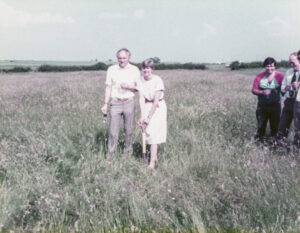
I first came across microfilm in 1968 when Paul Negus was born. Therefore, he has lived in a microfilm environment all his life. I was working for a local authority that asked me to review this newish technology to see if it would be of use to them.
I looked at all of the equipment available, talked to local service bureaux and built up a picture of what microfilm could do and what it would cost.
The top priority was Development Control (Planning) files that held documents and drawings. Documents needed 16mm film and drawings needed 35mm film. There was no way to combine these together in a user-friendly way.
I devised a clear plastic pocket (microfilm jacket) that could do this. A friend helped me get these manufactured and the authority implemented the system using purchased equipment and a service bureau to get the system up and running.
My friend and I were talking afterwards and realised that every local authority had the same problem. So, we set up a company called Scanneg to market our microfilm jackets nationwide. We soon realised that the authorities did not want to film their documents themselves, they just wanted to send the files away and get the finished microfilm jackets back ready for use.
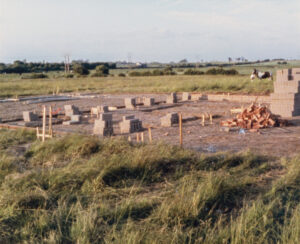
So, at Scanneg we started a bureau service and a few years later we were employing about 100 staff, and we were doing a lot of business. We were then taken over by a Public Company called Culter Guardbridge plc that wanted to get into microfilm big time, and their bureau, Caledonian Reprographics, was expanded to provide a microfilming service.
When they eventually “let me go” I was managing several bureaux for them in Scotland, Cheadle, Nuneaton and South London. I finished up jobless but with an extensive knowledge of microfilm users and the bureaux that provided their services to them.
I realised that there was a big hole in the market. Suppliers to the microfilm industry were large multinational US companies. You could buy from them only if you ordered in the quantities they dictated and could get past their credit control departments – not an easy task.
Most bureaux were Mama & Papa organisations working from home or a small, rented office. J & J Negus Ltd was set up (as Genneg Associates) to offer microfilm consumables based on three principles:
- Minimum order 1 unit
- We assumed you paid your bills on time without credit checks, until you proved different – then we would not supply you again.
- Fast overnight delivery from stock. A bureau usually had a week to turn a job round.
We took off like a rocket and soon most rooms in our home in Sheepy Magna (where we ran our business from) were filled with boxes of microfilm supplies – plus the garage.

We soon moved into rented accommodation at 24a Coton Road in Nuneaton. We blossomed and within 18 months we were renting extra warehouse space in Bulkington to cope. In 1984 we built our first offices and warehouse on one of two plots of land we had bought in a green field site at our current site on Attleborough Fields Industrial Estate in Nuneaton, Warwickshire. Here we had space and started offering processing and duplication services. By this time more and more of our customers were end users.
We adopted a policy of either making the products ourselves or standing next to the manufacturer. We invested in moulds for all of our plastic items (spools, cartridges etc), Diazo striping and cutting equipment and finally manufacturing microfilm jackets in-house.
By this time our customers were calling us “The Microfilm Shop”. We thought that’s a good idea and re-branded ourselves from Genneg.
We instigated a comprehensive marketing campaign. We created a database of anyone in the world we could find who used microfilm products so we could mailshot them on a regular basis (no www. then)
We produced a detailed Filofax style manual of all of our very extensive range of products called The Micrographics Modem – your access to our product database. This was updated every 2 months by post and was the fore runner of the current web site.
We created a house magazine entitled The Micrographics Market Place that went to all of our customers, competitors and prospects at home and abroad. It has morphed today into IDMi .
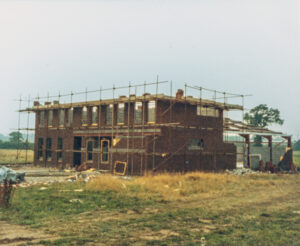
We targeted overseas aggressively. We employed graduates with French and German language skills. We bought a house/warehouse in Epernay, France and got a lot of French business. This was discontinued when we joined the EU and no tariffs were levied and freight costs became much lower.
As a result of this, in 1994, we needed to get rid of the portacabins and sea containers littering our site. We started building again on our second plot and more than doubled the warehouse and offices to what it is today.
By 1999 the digital world was taking over the universe and threatening to destroy microfilm for ever. It was time for me to go and leave the young bloods to oversee and bridge the analogue and digital worlds. The irony is that today (25 years later) Paul has told me that we are selling more microfilm then ever before!
PS On mature reflection I am amazed that organisations store lots of very confidential information in digital format. This can be hacked and copied anywhere in seconds.
This same information can be quickly and easily downloaded into an analogue format, microfilm. From here it can be accessed back to digital format one page or folder at a time, in seconds, but only by someone recognised by the archive. This information is then safe and secure for 500 years. No one can steal the whole archive at the click of a button.
Several organisations I have heard of are already doing this. With the major hacking situations in the news lately I am sure many other organisations will be following this route.
The bridge between analogue and digital archives can be crossed both ways. I am so pleased to have played my little part in building that bridge.
You can read Pauls’ Blog about the 50th anniversary of Genus here
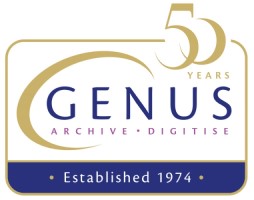
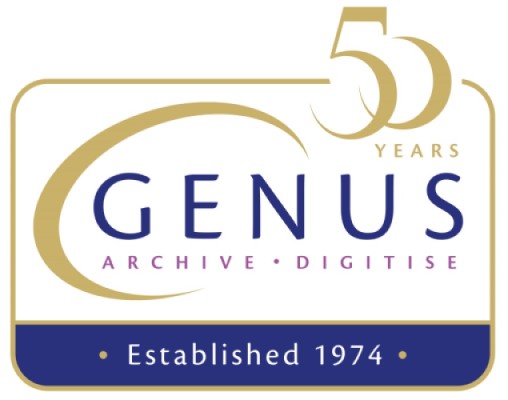

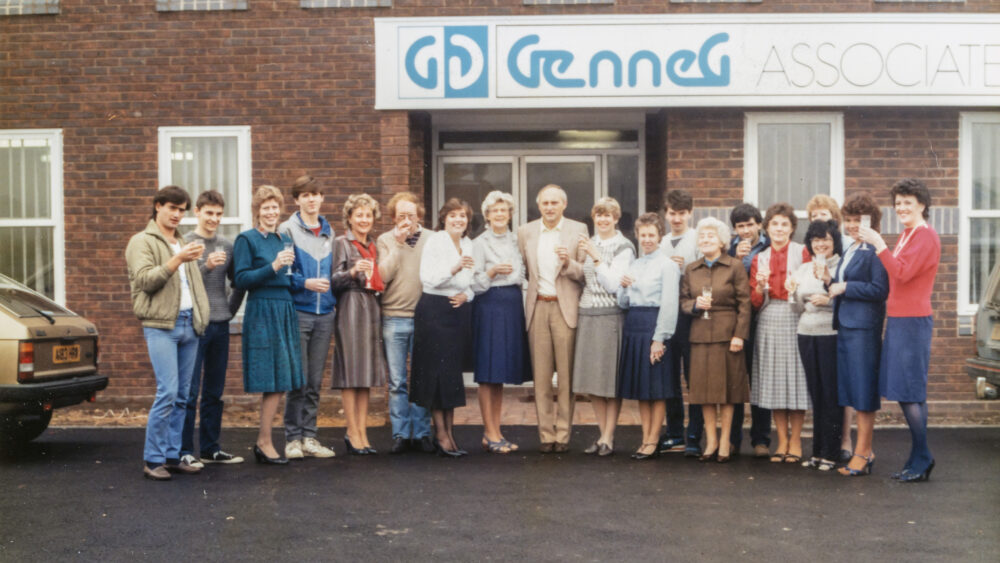



























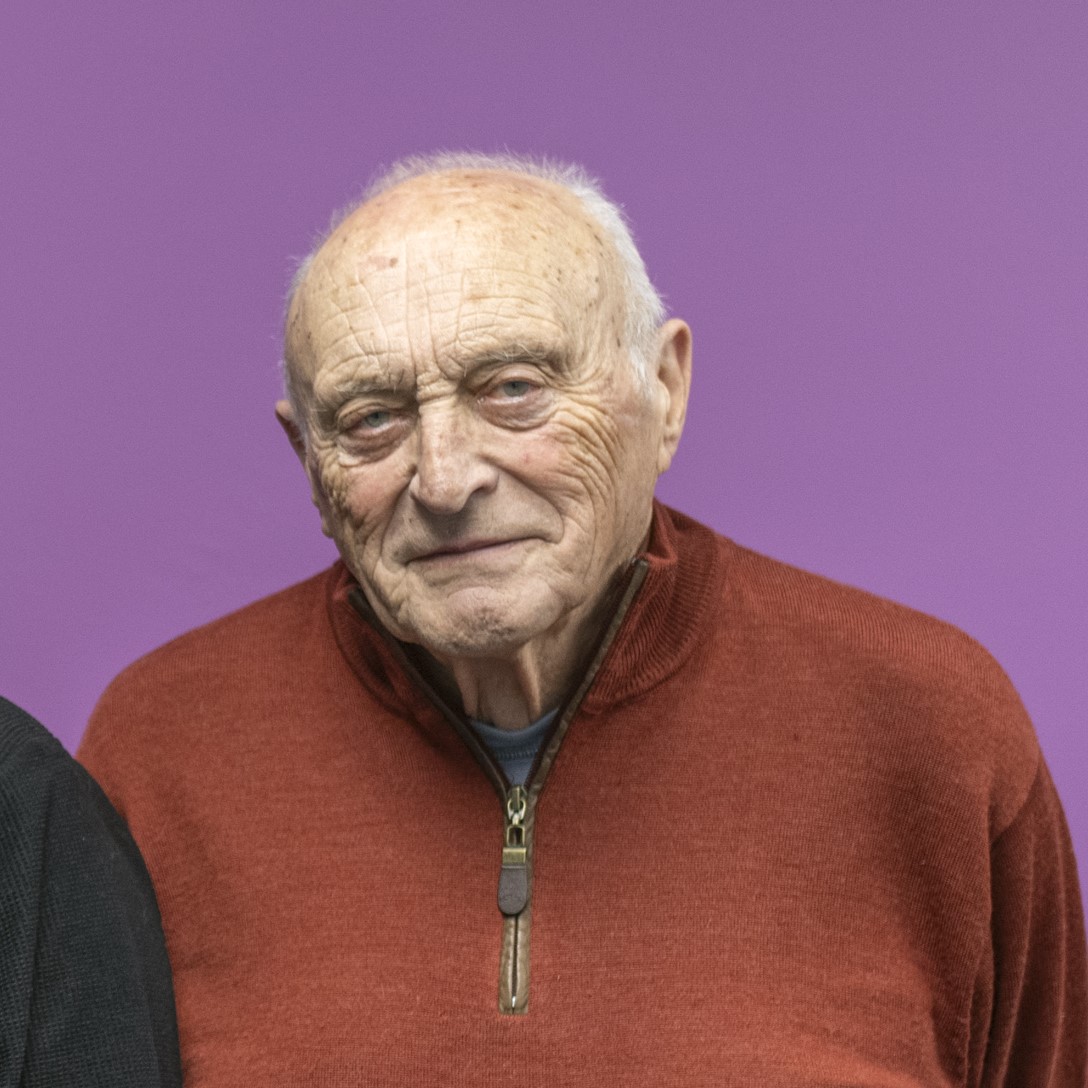
Comments are closed.